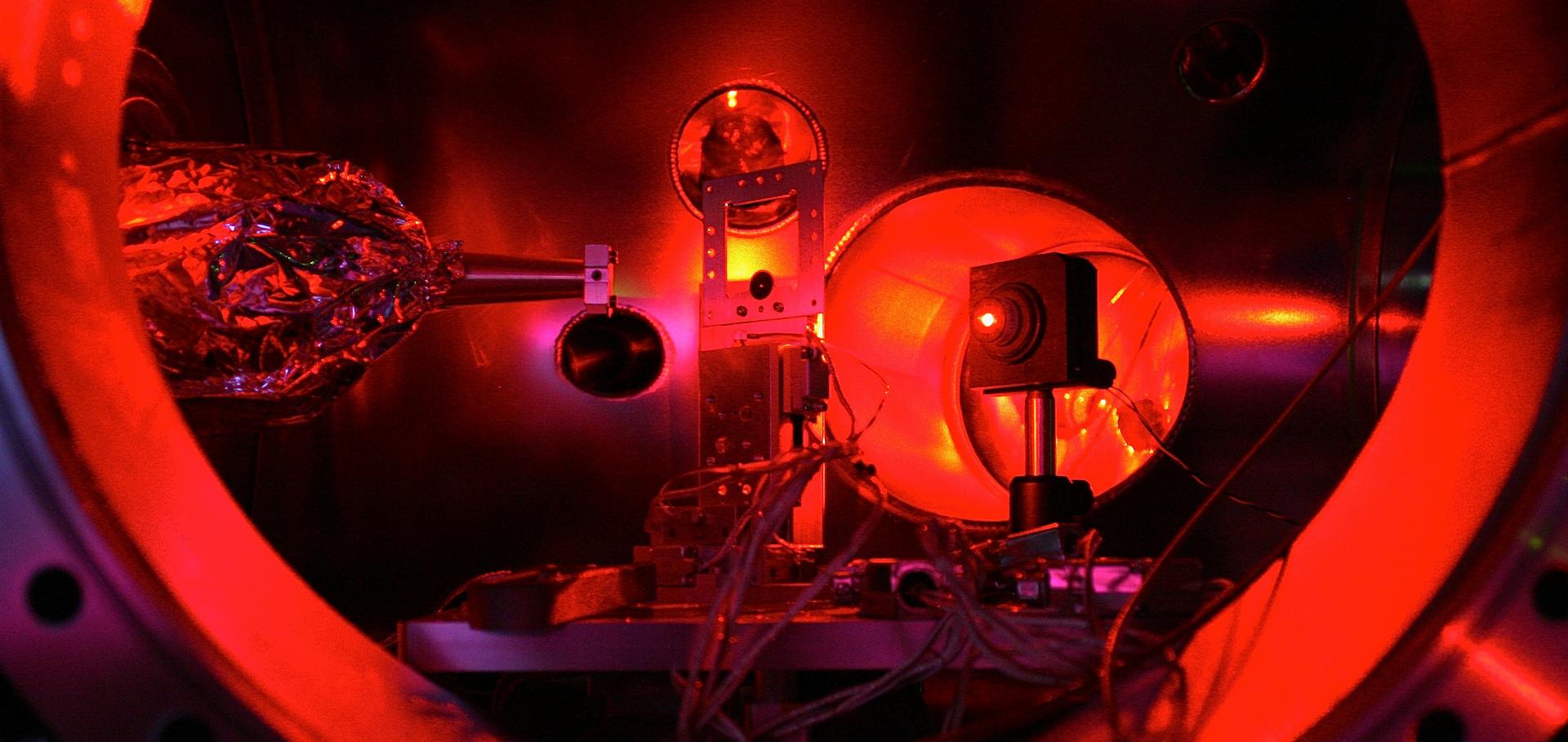Research
My research focuses on the investigation of high energy-density plasmas using a wide range of experimental and theoretical techniques.
High energy-density plasmas are systems at temperatures above about 1 eV (∼11600 K) and at densities at or above that of a typical solid (1022–1023 atoms per cm3). Such systems are of broad interest because they are common throughout the universe, forming the cores or giant planets, brown dwarfs and stellar interiors. They are also transiently created in a wide range of intense laser-matter interactions, and the understanding of their equation of state, material response and transport properties is crucial for the interpretation, modelling and design of inertial confinement fusion experiments. Experimental research investigating the fundamental properties of high energy-density plasmas has been historically confronted by two major challenges. The first is the difficulty of creating simultaneously hot and dense plasmas controllably in homogeneous conditions over thermodynamically meaningful temporal and spatial scales. The second is the requirement for advanced diagnostics with sufficient spatial and temporal resolution to study the vast range of transient plasma dynamics ranging from attosecond electron processes all he way through to large atomic displacements and compressions taking place on nanosecond timescales. Diagnostics also should be able to penetrate deep into a dense system, which further limits the available set of experimental techniques and makes x-rays particularly suitable for this line of research.
X-ray free-electron lasers (XFELs), with their high brightness, narrow bandwidth and tunable wavelength, are ideal to support this research, both by enabling us to create and to investigate extreme states of matter. Our research focuses on using FEL facilities around the world – the Linac Coherent Light Source (LCLS) at Stanford (USA), the FLASH XUV FEL and the European XFEL in Hamburg (Germany), and the FERMI FEL in Trieste (Italy) – to develop new and improve existing techniques to create high energy-density plasmas controllably in the lab, and investigate their structure and dynamics on the fundamental timescales of electron interactions.


